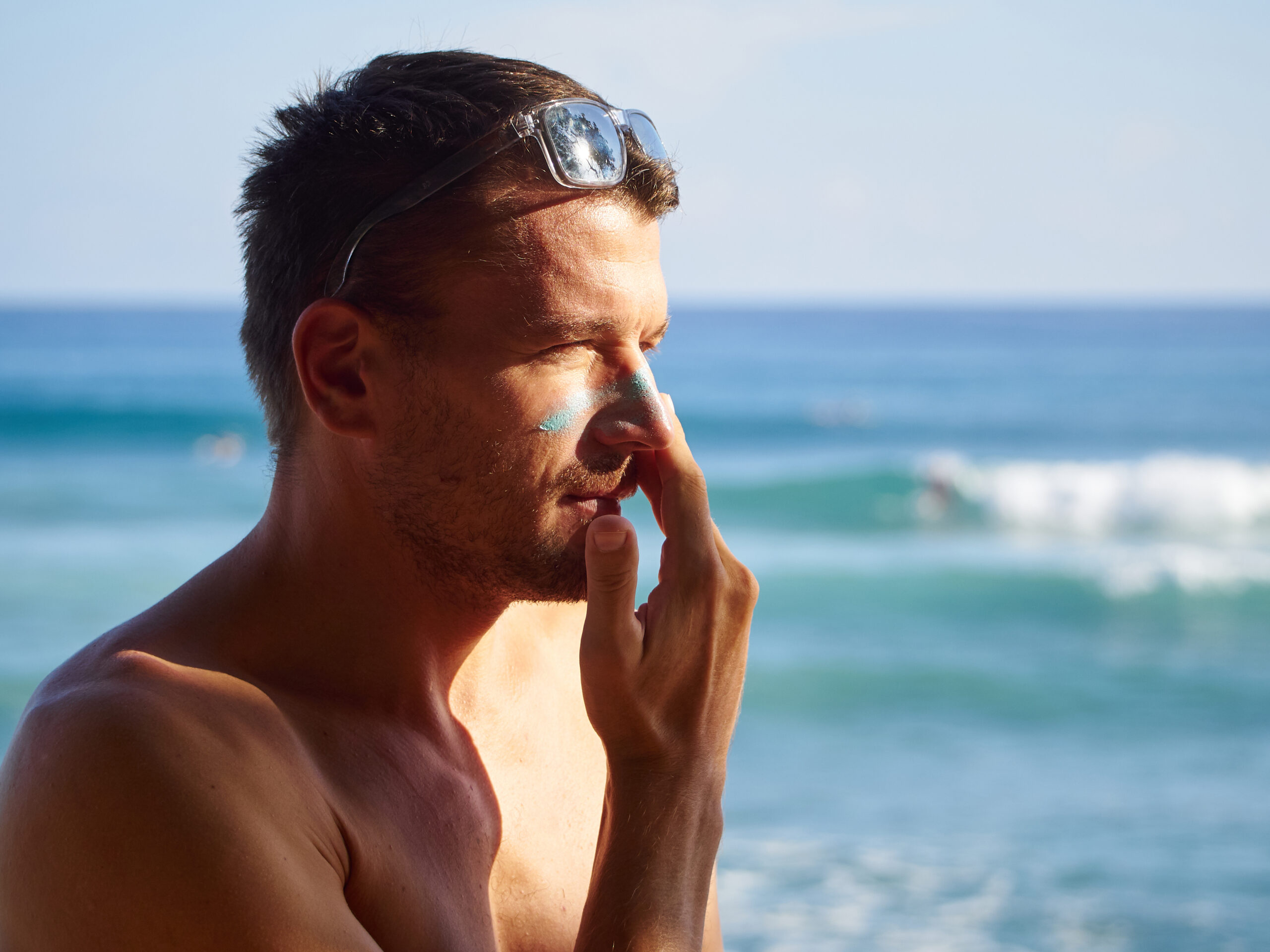


The Dangers of a Base Tan: A Dermatologist’s Perspective
As dermatologists, we cannot stress enough the importance of protecting our skin from harmful UV rays. Whether from the sun or a tanning bed, tanning can have severe consequences for your skin’s health. In this blog post, we’ll be answering some commonly asked questions about tanning and providing tips on how to keep your skin safe and healthy.
Q: What is a base tan? And why do some people think that it’s okay?
A base tan refers to the practice of getting a tan before going out in the sun for an extended period. The idea is that the base tan will offer some protection against sunburn and skin damage. However, this is a dangerous misconception for two main reasons. First, a base tan DOES NOT prevent your skin from burning. Secondly, the truth is that any amount of indoor or outdoor tanning can cause skin damage, including premature aging, wrinkles, and an increased risk of skin cancer.
Q: What happens to skin when it tans?
When skin tans, it is actually a sign of damage. The Skin Cancer Foundation explains how exposure to ultraviolet (UV) radiation results in tanning, which occurs as a protective response to genetic damage to the outermost layer of skin cells. The skin produces more melanin, a pigment that protects the skin from UV damage. This process is the skin’s attempt to protect itself from further damage. However, the damage has already been done, and prolonged exposure to UV rays can lead to long-term skin damage.
Q: What do UV rays do to the skin?
UV rays can break down collagen and elastin in the skin, leading to premature aging, wrinkles, and other signs of skin damage. In addition, UV rays can damage the skin’s DNA, leading to mutations that can cause skin cancer. UV exposure damage is cumulative, increasing your skin cancer risk over time. Your body will attempt to repair DNA damage in skin cells caused by UV radiation, but the damage it cannot repair builds up over time. This can trigger mutations that cause skin cells to multiply rapidly, developing benign or malignant growths.
Q: Can tanning also harm my eyes?
Yes, exposure to UV rays can also harm the eyes. It can cause photokeratitis, which is like a sunburn of the cornea. Prolonged exposure can lead to cataracts, macular degeneration, and other eye conditions. So it’s essential to wear sunglasses that block out UV radiation to protect your eyes.
Q: What about tanning beds?
Tanning beds are not a safe alternative to natural sunlight. They emit high levels of UV radiation, leading to skin damage and an increased risk of skin cancer. In fact, using a tanning bed before age 35 increases the risk of melanoma by 75%. They can also cause serious damage in other ways, such as first and second-degree burns and eye damage. To learn some great information on indoor tanning, the American Academy of Dermatology talks about it here.
Q: What are some tanning myths that people should stop believing?
Q: What safe alternatives to sun tanning will give me that summer glow?
Several safe alternatives to sun tanning can give you a much-desired glow. Self-tanning products, such as lotions, sprays, and mousse, can give you a natural-looking tan without exposing your skin to harmful UV rays. Bronzing powders and creams can also give your skin a sun-kissed glow.
Q: What are five tips to protect my skin from harmful rays?
We would be happy to answer any other questions about tanning, skin cancer, skin damage, or any other related skin issues you might have concerns about. At Vitalogy Skincare, one of our primary goals is to provide our patients with the information they need to make informed decisions about the health of their skin. Our highly trained, compassionate Fellowship-Trained Mohs Surgeons, Board-Certified Dermatologists, Certified Physician Assistants, and Aestheticians make you and your care their priority. Please make an appointment at any of our locations in Bastrop, Burnet, Cedar Park, Georgetown, Harker Heights, Marble Falls, and San Marcos.